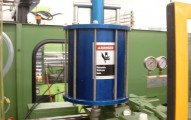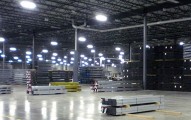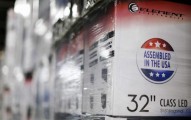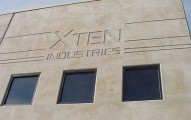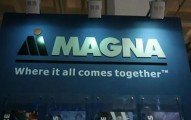Innovation Takes Hold in the Injection Molding Market
Last year, approximately 87,000 injection molding machines were sold worldwide, according to information supplied by injection molding machine and automation supplier Engel. The company expects a stable development for the next few years.
Engel says that in the global view, the United States and Mexico have grown, while Thailand and Brazil have declined.
“Innovativeness has risen sharply in the United States, especially in the medical technology and packaging fields,” said Mark Sankovitch, president of Engel North America. “Processors have developed tremendously, and they increasingly seek solutions for innovative methods and high performance applications. In addition, technologies supporting the reduction of unit costs are gaining in importance worldwide.”
Sonny Morneault, Wittmann Battenfeld’s National Sales Manager, said that the company continues to show its commitment to the U.S. market by its investments, building expansion, and technology advancements. In addition, the company has invested more than $1 million in salaries and benefits in the past year on new employees in the U.S. alone, and it continues to hire.
“Demand for molding machines has been consistent since the beginning of last year [in North America],” says Morneault. “We have seen a big growth in niche markets like vertical and micro-molding. Many of our clients are telling us they are getting back work that they had lost to Asia. Much of it is being driven by technology advances and automation, which is making manufacturing more affordable here in the states.”
And just like with most industries, it all boils down to innovation.
“The most important innovation and growth drivers include process integration and automation,” Sankovitch said. “They meet the requirements for higher productivity and profitability, and – beyond this – they open up the door to entirely new component characteristics and design solutions. For example, tactile excellence cannot be achieved economically without multi-component technology. Automation is becoming an integral part of the process here. In addition, process integration and automation ensure highly sustainable manufacturing solutions. Integrated processes often require less energy and fewer raw materials by removing entire process steps along with the logistics overhead for intermediate products.”
Engel is experiencing a strong growth impulse from lightweight automobiles. In high-performance products -aircraft, for example – directed fiber systems have already established themselves. For composite materials to find even wider use in high-volume applications, the biggest challenge at the moment is to develop manufacturing processes that allow for low unit costs despite high volumes. Injection molding technologies can offer a great potential for this.
“To speed up this development process, Engel founded its own technology center for lightweight composites in 2012,” Sankovitch said. “In cooperation with partner companies and universities, Engel intensively works at the center on developing innovative injection molding solutions for composite applications.”


